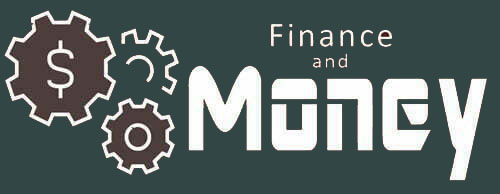For the past few years, renters in the United States have benefited from a cooling rental market, largely due to a construction boom that increased apartment supply. However, that period is rapidly coming to an end. With high mortgage rates discouraging homebuying and rental demand surging, the stage is set for landlords to regain pricing power, leading to higher rents across the country.
What the Data Says About Rising Rents
The most recent data points to a clear trend: rents are climbing. While national rent increases slowed in 2023, the decline in new apartment construction and growing demand are reversing that trend.
- Shelter costs, which make up a significant portion of inflation calculations, rose 4.4% in January 2025 compared to the previous year, according to the Bureau of Labor Statistics.
- The number of multifamily building permits issued in the South—a region that saw significant apartment construction—has dropped 4% below pre-pandemic levels, reducing future rental supply.
- In some parts of the country, like the Midwest, Northeast, and West Coast, rents are already increasing at a faster pace.
- The national median rent saw its first increase in six months in January 2025, according to property data firm Yardi Matrix.
- The average U.S. rent has increased about 19% since 2019, and while the pace of increases slowed in 2023 and 2024, experts predict steady growth in 2025 and beyond.
How Rising Rents Generate Income
For landlords and real estate investors, rising rents translate into higher income. Multifamily investors, in particular, are betting on rental growth in 2025, with firms like Equity Residential purchasing properties in cities such as Atlanta and Denver, anticipating a return to positive rent growth. Higher rents also mean stronger returns for property owners, making rental real estate an increasingly attractive investment.
At the same time, landlords must account for rising costs associated with maintaining rental properties. Insurance, maintenance, and property taxes have all gone up, and the increasing cost of materials and labor makes it more expensive to build and renovate rental units. As a result, landlords are likely to pass these costs onto tenants in the form of higher rents.
The Impact on Landlords
For landlords, this shift presents both opportunities and challenges.
- Increased profitability: With demand outpacing supply, landlords will have greater leverage to raise rents, particularly in high-demand areas.
- More competition for available units: With fewer vacant apartments, landlords may find it easier to lease units quickly and reduce turnover.
- Higher operating costs: As insurance, labor, and material costs increase, landlords must balance rent hikes with tenant retention.
The Impact on Renters
For tenants, the prospect of rising rents could have significant financial implications.
- Housing affordability concerns: With wages growing more slowly than rents in many cities, more Americans may be forced to spend a greater share of their income on housing.
- Increased competition for units: In cities with limited supply, such as New York and Washington, D.C., renters are already struggling to secure affordable housing.
- Delayed homeownership: With home prices still high and mortgage rates elevated, more people are choosing to rent longer, further increasing demand for rental units.
Some government officials have proposed rent control measures or initiatives to boost housing supply. However, these efforts face significant political and economic challenges, and they are unlikely to slow rental growth in the short term.
The Broader Economic Outlook
The increase in rental prices could have ripple effects across the economy. Since shelter costs account for a large portion of the Consumer Price Index, rising rents could keep inflation elevated, making it harder for the Federal Reserve to justify cutting interest rates.
Additionally, as more income is directed toward housing, consumer spending on other goods and services could slow. This may affect industries such as retail, entertainment, and dining, particularly in urban areas where rent increases are most pronounced.
What to Expect in 2025 and Beyond
Looking ahead, experts predict that rental prices will continue rising, particularly in high-demand regions where new supply is limited. While some markets, like Austin and Phoenix, may see temporary relief due to recent construction booms, most major metropolitan areas will experience positive rent growth by the end of the year.
For renters, this means budgeting for potential rent hikes and considering longer lease terms to lock in rates. For landlords, it presents an opportunity to maximize rental income while navigating rising operational costs.
Overall, the rental market is shifting back in favor of landlords, making affordability a growing concern for millions of Americans. Unless new policies or economic shifts dramatically alter the landscape, rents will continue to climb, shaping the housing market for years to come.











